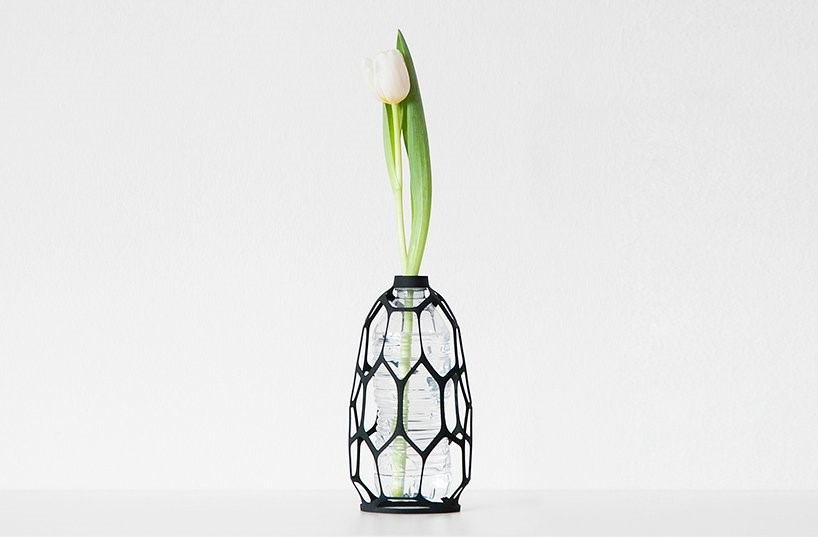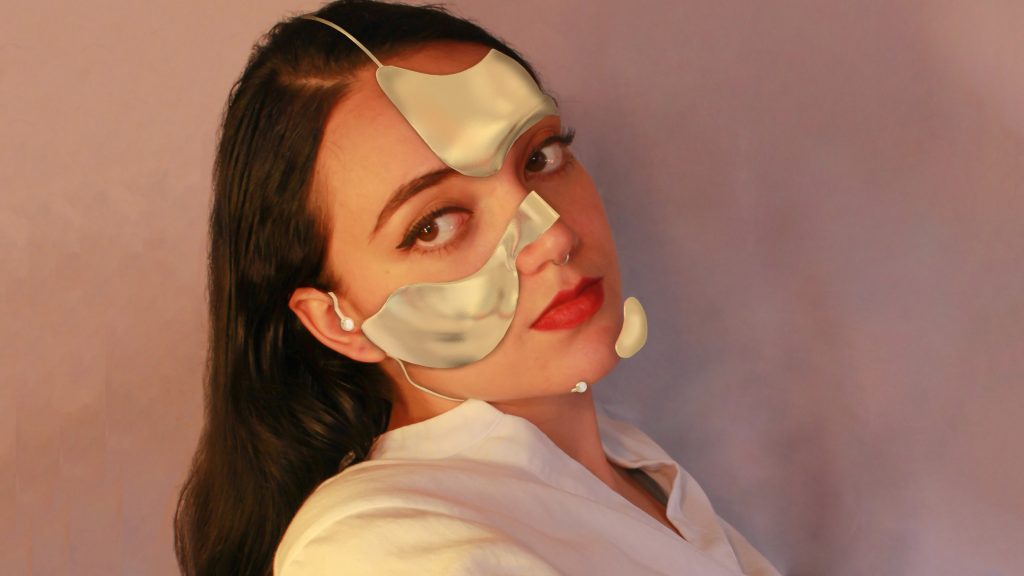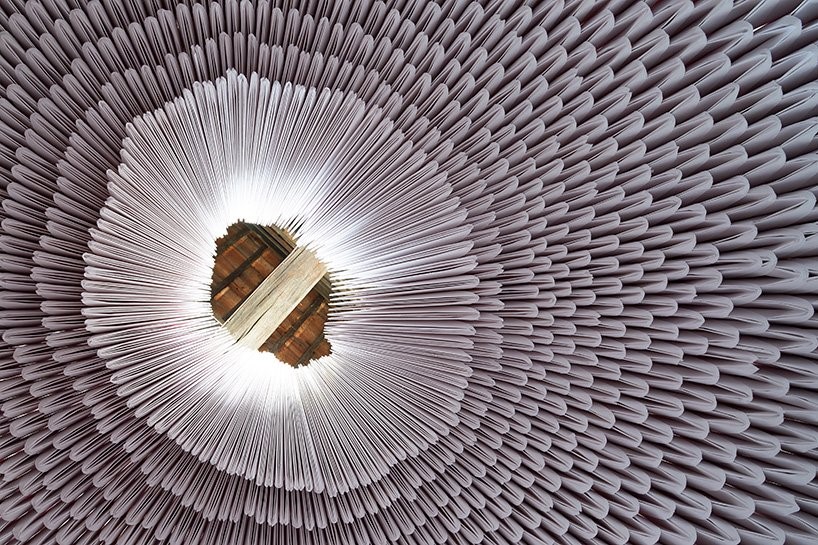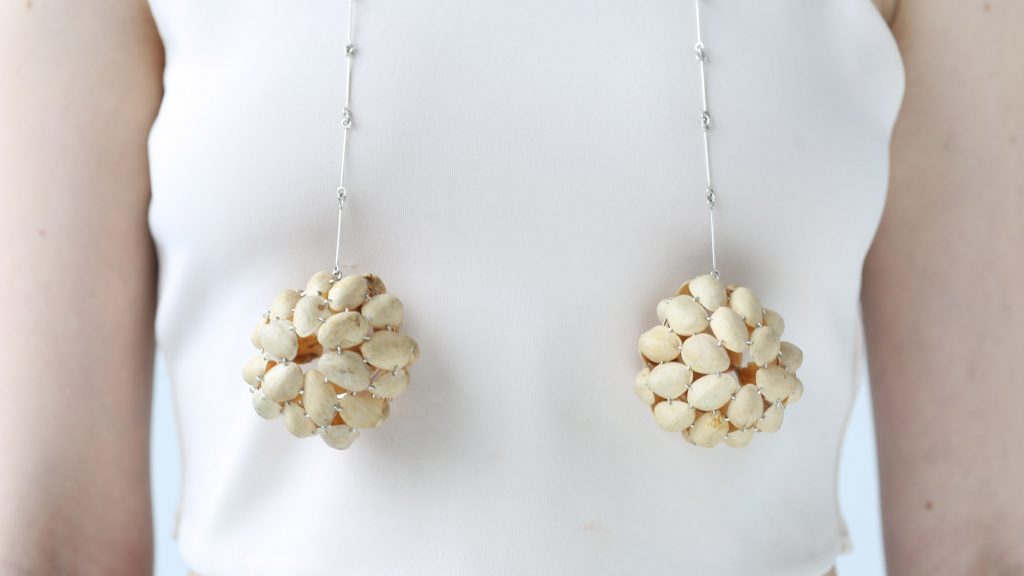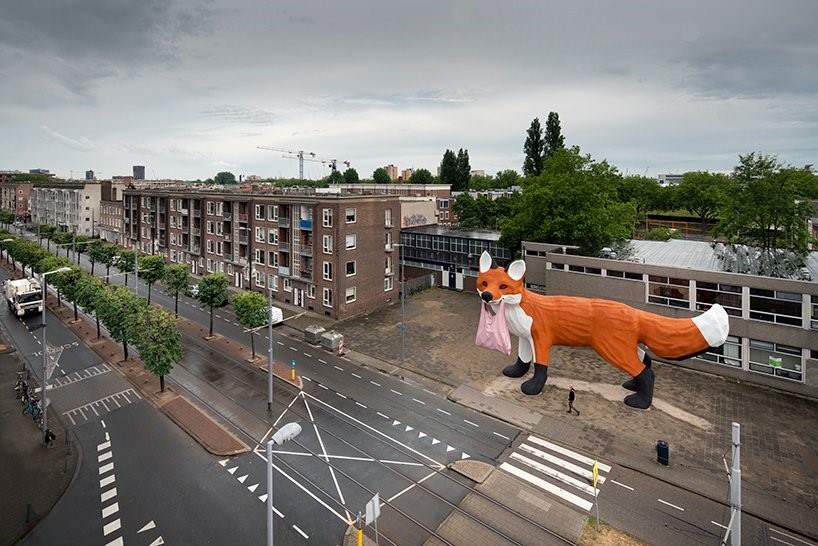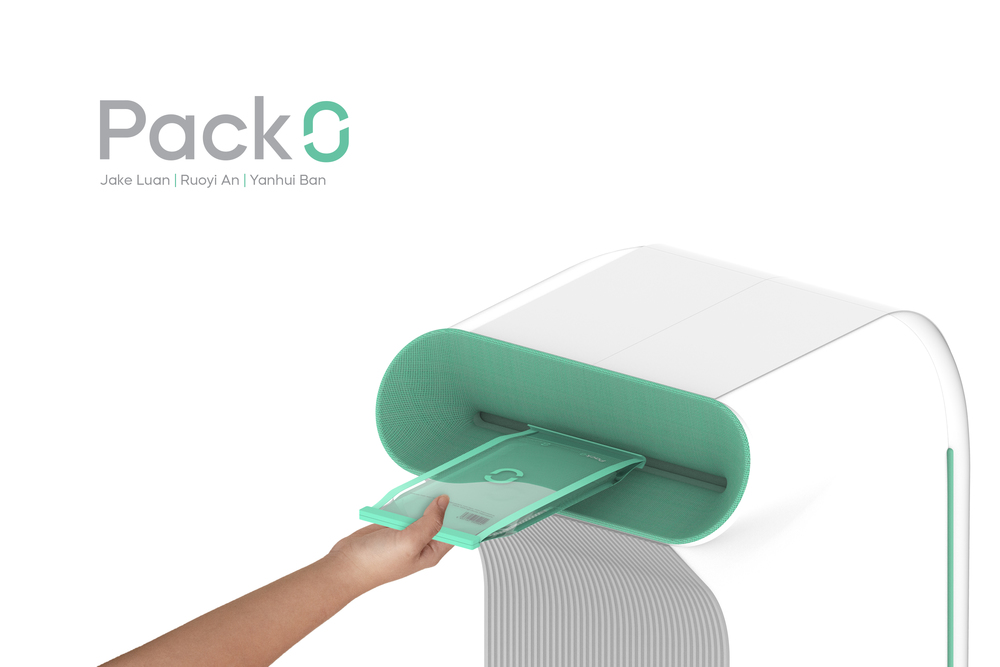Recycling is not the only way to give disposable items a new life. Repurposing can be an even more satisfying process which can be done at home. Your Grandma probably remembers pouring her milk from a bottle that she would later use as a vase and drinking it from a glass that once contained jam. “Why not use the same principle for single-use PET bottles, the world’s most popular packaging that has a devastating effect on the environment?” – is the question asked by product designers featured in our article. Of course, you will not clean the planet by repurposing just one bottle, but it can surely be a first step towards environmentally friendly lifestyle.
